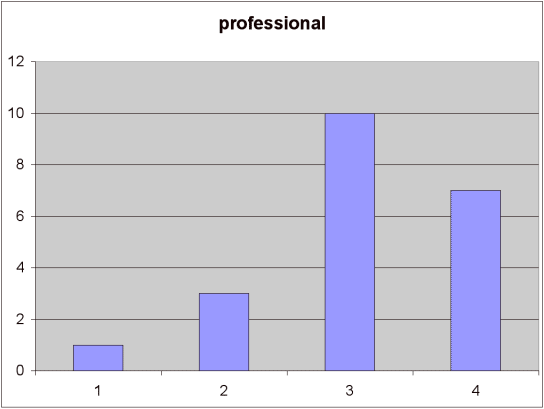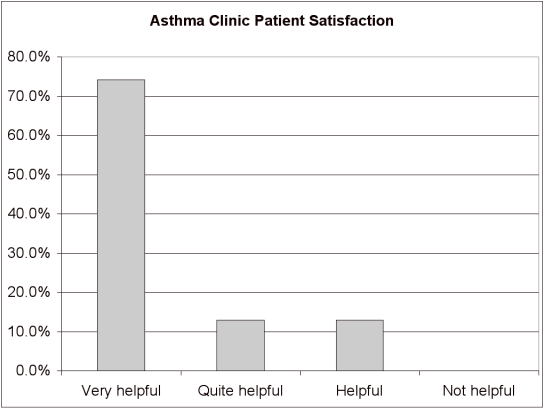Key
words: asthma management, health services, primary health
care, resource allocation, general practice
General
practice/family practice remains the cornerstone of primary
health care systems in developed countries. In Australia, 50%
of the population will visit their general practitioner (GP)
in 6 months, 80% in 12 months.1
However, it has long been realized that general practice alone
cannot realize its full potential in a comprehensive primary
care policy. The structure of general practice, with its multiple
small business units (practices) has not lent itself to a co-ordinated
approach to health problems. Thus, governments have sought to
develop structures to allow general practice to better integrate
with the primary health care system and achieve large-scale
goals. New Zealand has had for many years Independent Practitioner
Associations,2,3
collections of primary care practitioners who hold clinical
governance responsibilities for their area, but not funds. In
the UK, after years of experimenting with fund-holding directly
by GPs,4
the National Health Scheme (NHS) has moved to Primary Care Trusts,
organizations which fund-hold all primary care funding for a
given area.5,6
While the development of Hospital Maintenance Organizations
(HMOs) in the US could be seen to also fill a similar function,
their clinical governance role has been overwhelmed by their
fiscal management.7
In Australia, since 1992, general practitioners have been supported
by Divisions of General Practice.8
Divisions were proposed as a support structure, similar in concept
to the divisions of medicine/surgery and so on that exist in
large hospital structures. There are 120 Divisions across the
country, and each Division is responsible for a given geographic
area. They receive funding from the Federal Government, and
are governed, in the main, by their member GPs. They do not
fund-hold, but are responsible for providing support for general
practice to roll out programs, either in collaboration with
other organizations or according to national guidelines.
One of the national health priorities in Australia involves
asthma. In 2002 considerable funding was allocated to improving
population health outcomes for people with asthma. The main
objective was to promote best-practice guidelines for optimal
asthma management to GPs. The program was promoted to GPs for
people with asthma and the wider community. A major theme was
the importance of regular, planned, asthma-focused appointments
with GPs incorporating the National Asthma Council (NAC) recommended
Asthma 3+ Visit Plan.9
Central to the program was the involvement of Divisions of General
Practice to support GPs in the implementation of this strategy.
The Federal Government provided funding through the provision
of a specific 'item number' to remunerate doctors who completed
the Asthma 3+ Visit Plan with their patients. Key features of
the plan are assessment of asthma severity, medication review,
provision of a written asthma action plan, information and education.
The Whitehorse Division of General Practice is an urban division
servicing a population of 400 000 patients and has 405 GPs.
It has had a long association with running quality asthma education
projects for both GPs and their patients. August 2001 saw the
start of an innovative pilot program to place qualified and
experienced asthma educators within clinics to support GPs in
the management of their patients with asthma.
The basis for this program is the evidence-based Asthma 3+ Visit
Plan promoted by the National Asthma Council and Department
of Health and Ageing. The asthma educator provides the bulk
of the education, spirometry and allergen testing (as clinically
indicated) with GPs providing the expertise in the overall medical
management.
The cost of the asthma educator was met by the individual practice.
These costs are offset by rebates for GP attendance, care planning,
spirometry and allergen tests, and the asthma Service Incentive
Payment (SIP) introduced in November 2001. Appropriate use of
these item numbers ensured that all the costs incurred with
the asthma clinics were met and exceeded. For the duration of
the pilot the Division offered a subsidy of 50% toward the cost
of the asthma clinic program.
The asthma clinics were set up with the assistance of the Division's
Chronic Illness Co-ordinator and/or the Practice Manager Co-ordinator.
Pre-clinic planning and support was provided for the GPs and
their practice staff to ensure asthma clinic promotion, appointment
and information systems were in place prior to the clinics commencing.
An asthma clinic policy and procedure manual was developed and
provided to each practice. The asthma clinics were offered fortnightly
and the asthma educator met briefly with each practice before
the clinics began. The asthma educator brought all equipment
required for the clinic to the practice (spirometer, allergen
test kit and patient information). The practice provided a suitable
room with a telephone to conduct the appointments, access to
patient records, reception and booking facilities. The practice
was also responsible for referring patients to the clinic.
The asthma educator saw each patient a minimum of three appointments
over a minimum of 6 weeks. During these appointments comprehensive
asthma education, review of medications, device technique, spirometry,
allergen testing (optional as clinically indicated) and a written
asthma action plan was provided. At the end of each appointment
with the asthma educator, a consultation with the GP, educator
and patient occurred to review the overall management and set
goals for the next appointment. Patients completed the program
when their asthma management was optimized and they had a current
written asthma action plan. Most patients achieve this over
three visits but for those patients who required more appointments,
these were accommodated through the program.
![]()




